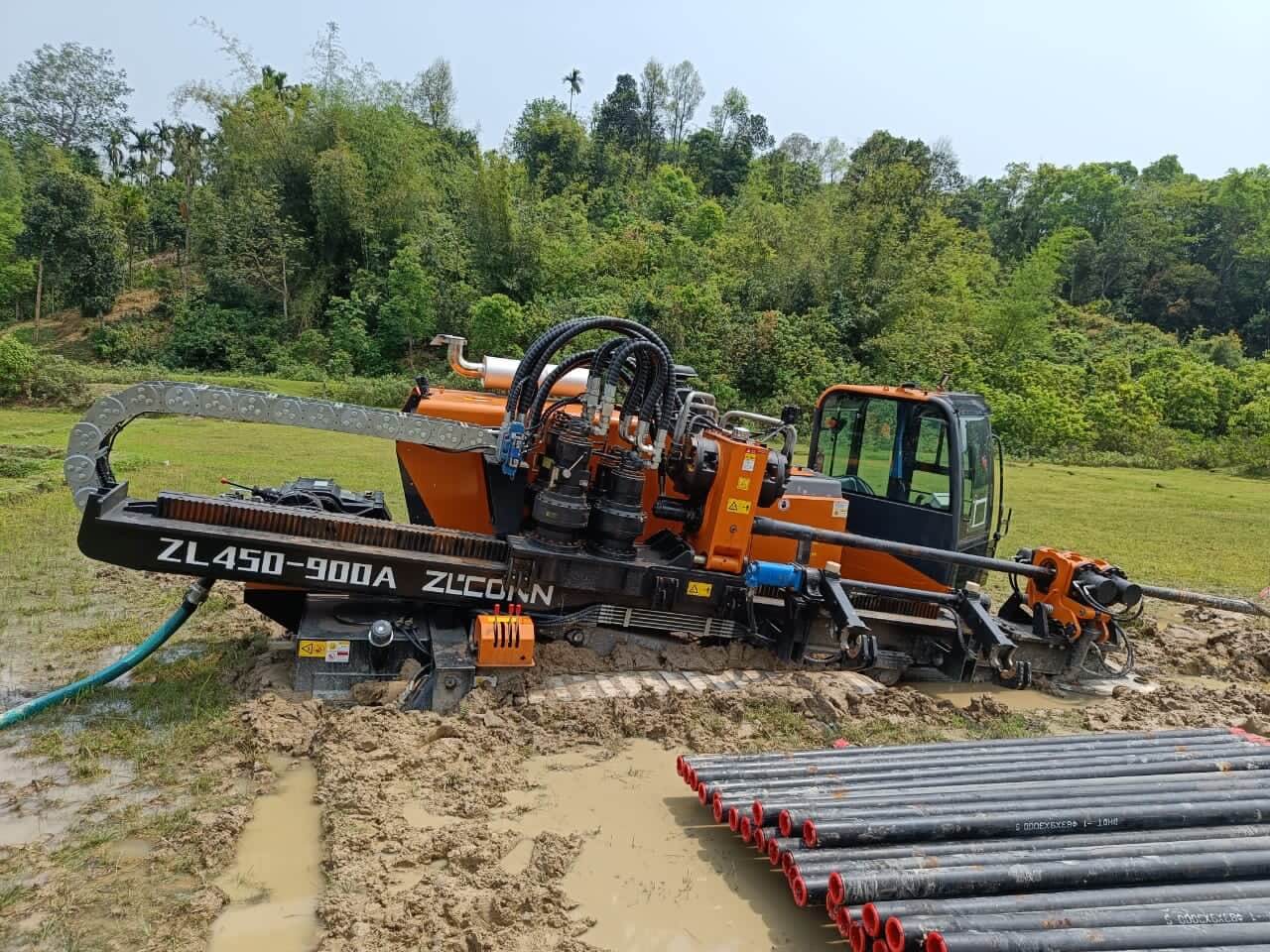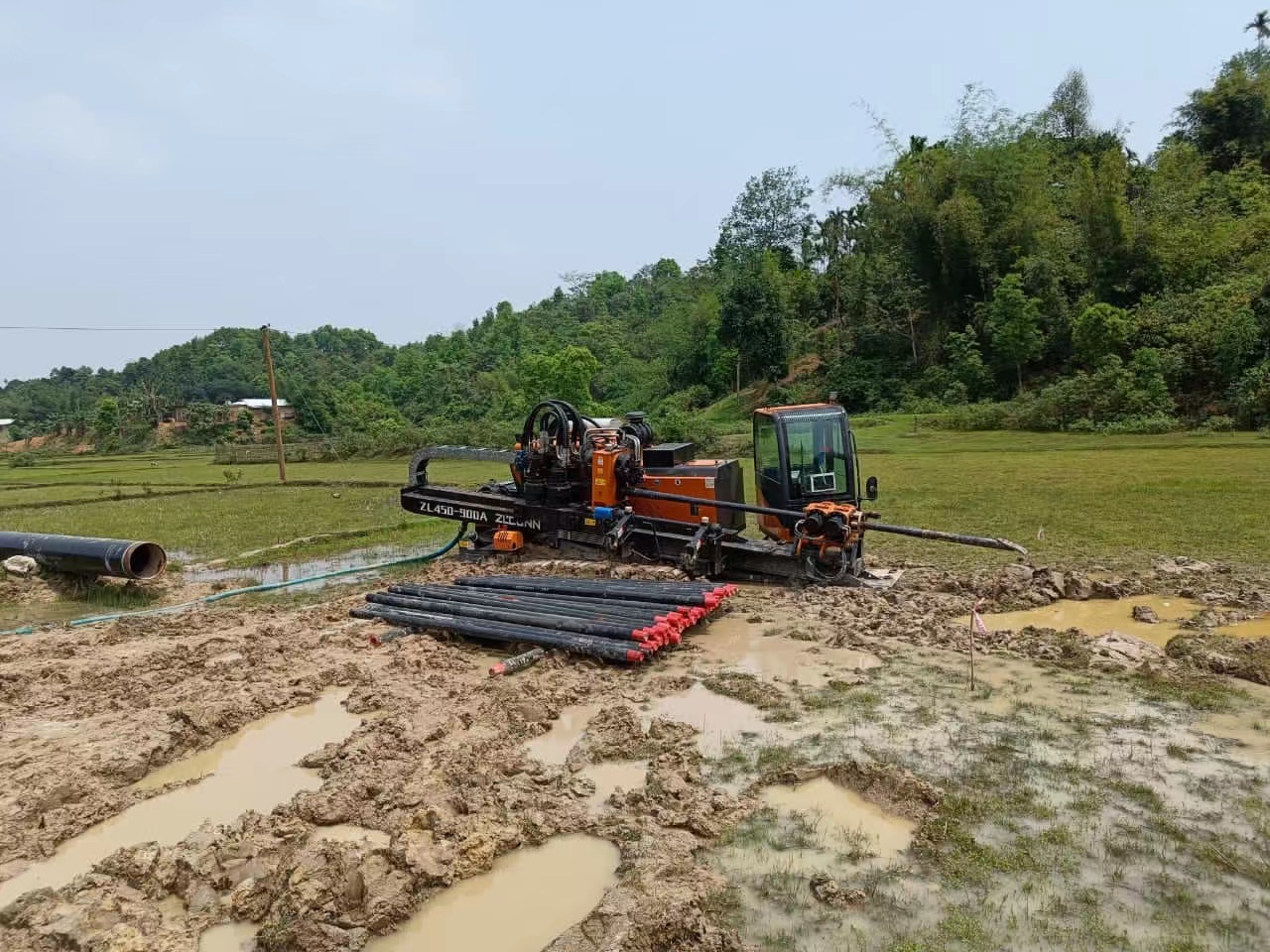Horizontal Directional Drilling has become a cornerstone in the realm of underground infrastructure installations, providing a precise and efficient method for drilling in various soil conditions. The success of HDD projects relies heavily on the quality and durability of the drill rods used. In this article, we will delve into the key components of hdd drill rod, exploring the crucial elements that contribute to their effectiveness in horizontal directional drilling.
Thread Design and Integrity
The thread design and integrity of HDD drill rods are critical for seamless drilling operations. The threads facilitate the connection between individual drill rod sections, forming a continuous drill string. The design must be robust to withstand the torque and stress exerted during drilling. High-quality threads maintain their integrity, preventing premature wear and ensuring a secure connection between rods, which is essential for drilling precision.
Joint Configuration
The joint configuration of HDD drill rods determines how they connect and disconnect during the drilling process. Various joint configurations are available, such as pin and box connections or threaded joints. The choice of joint configuration impacts the ease of assembly, disassembly, and the overall stability of the drill string. A well-designed joint configuration contributes to efficient drilling and reduces the likelihood of downtime due to equipment failure.
Rod Diameter and Length
The diameter and length of HDD drill rods are tailored to the specific requirements of the drilling project. Larger diameters provide increased strength and stability, allowing the drill string to handle higher loads. The length of the drill rods is determined by the depth of the borehole required. Careful consideration of these dimensions is crucial to ensure that the drill rods can effectively penetrate the soil and reach the desired depth.

Rod Fluting and Inner Tube Design
Rod fluting, or the presence of spiral grooves along the length of the drill rod, plays a significant role in drilling efficiency. These flutes facilitate the removal of drilling fluids and cuttings from the borehole, preventing clogging and allowing for smoother drilling operations. Additionally, some drill rods feature an inner tube design to further enhance fluid flow and cuttings removal, contributing to improved overall performance.
Hard-facing and Wear Protection
The drilling process exposes drill rods to significant wear and abrasion. To counteract this, many HDD drill rods incorporate hard-facing materials on critical areas, such as the threads and the rod body. Hard-facing materials, often made of tungsten carbide or similar hard alloys, enhance the wear resistance of the drill rods, prolonging their lifespan and reducing the frequency of replacements.
Torque Capabilities
The torque capabilities of HDD drill rods are a crucial consideration, especially in challenging drilling conditions. High torque is essential for breaking through harder soils and navigating obstacles. The design and material composition of the drill rods must be optimized to handle the torque generated by the drilling equipment. Ensuring that the drill rods can withstand the required torque is essential for successful and efficient drilling operations.
Conclusion
The key components of HDD drill rods form the foundation of successful horizontal directional drilling projects. From material composition and thread design to joint configuration and torque capabilities, each element plays a crucial role in the overall performance and longevity of the drill rods. As the demand for precision and efficiency in underground infrastructure installations continues to grow, understanding and prioritizing these key components becomes essential for selecting the right HDD drill rods that align with the specific requirements of your drilling projects.
